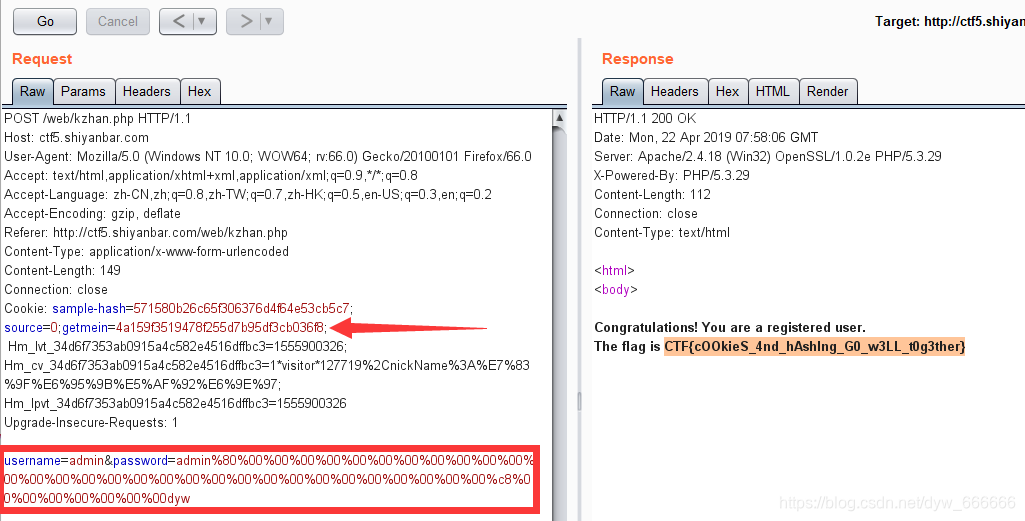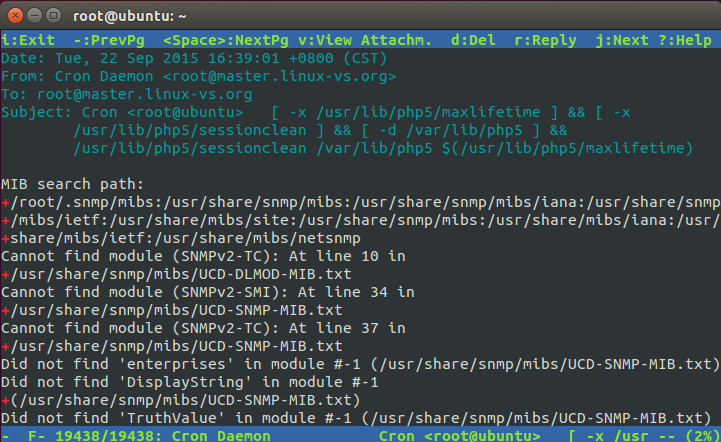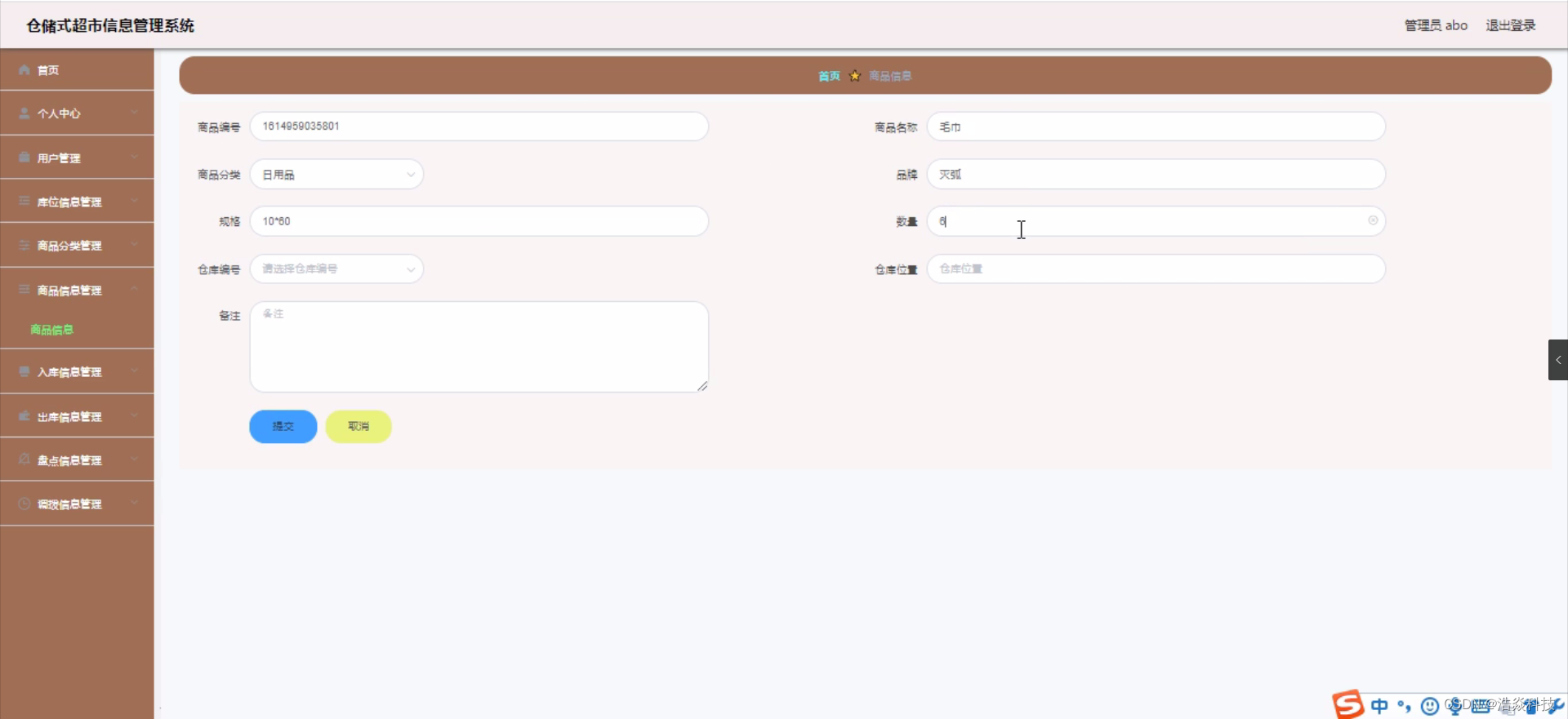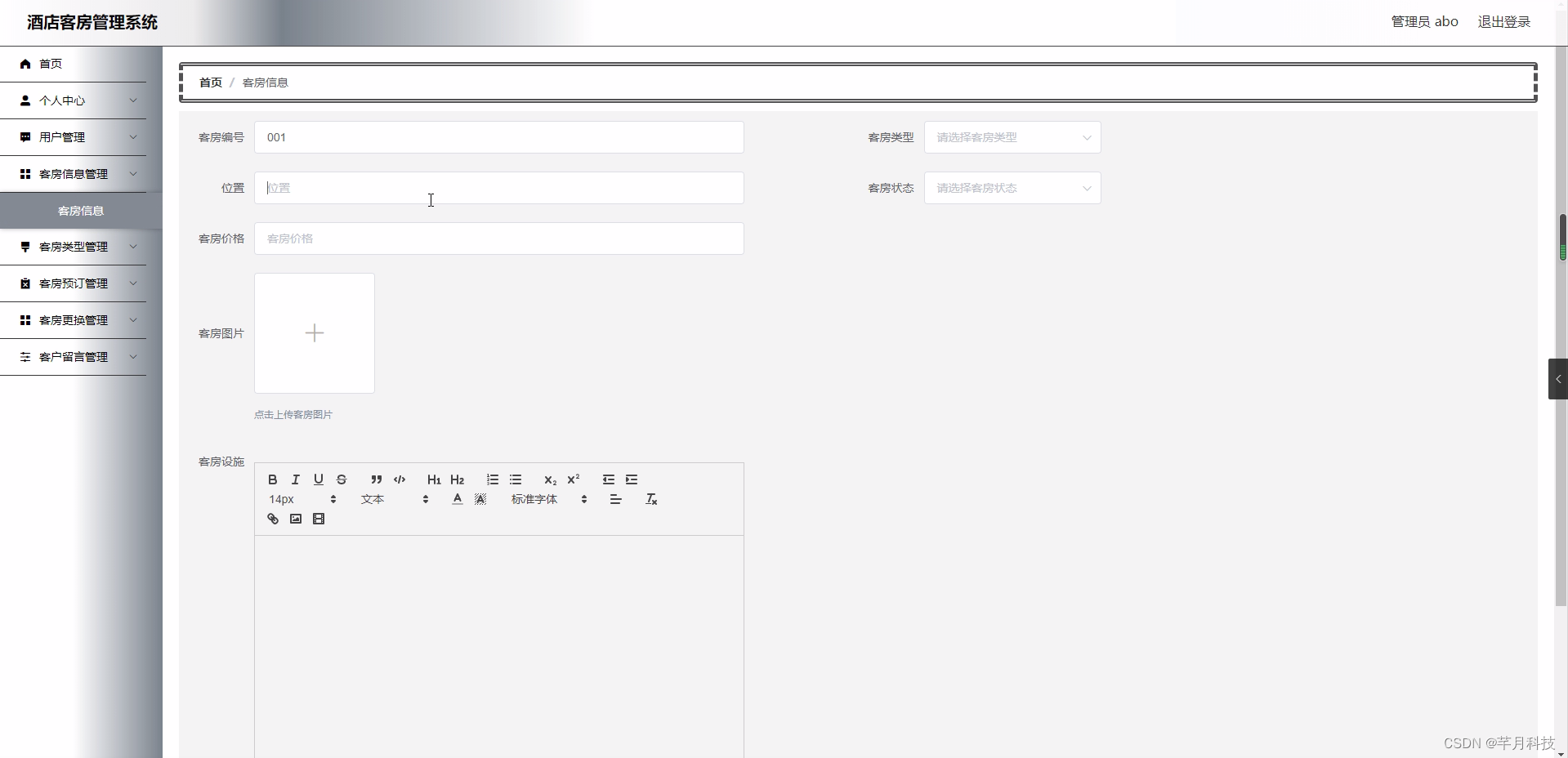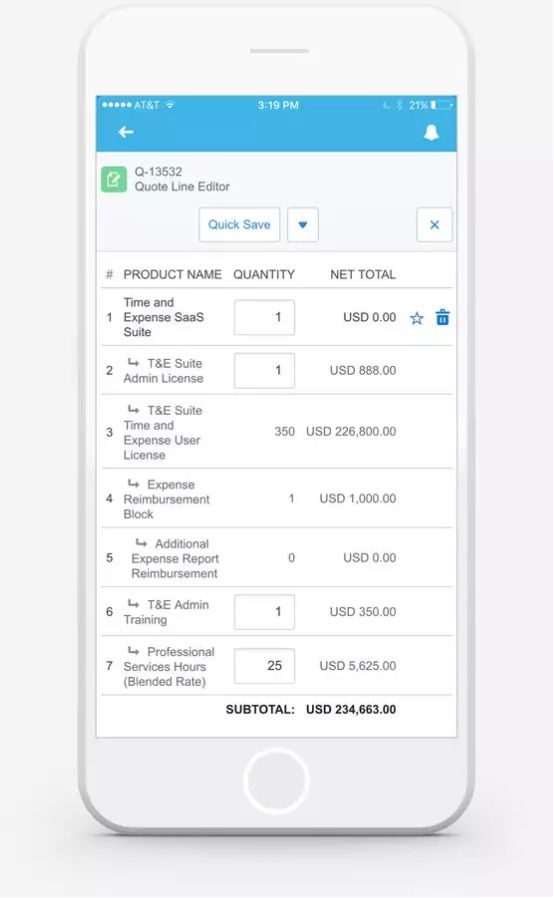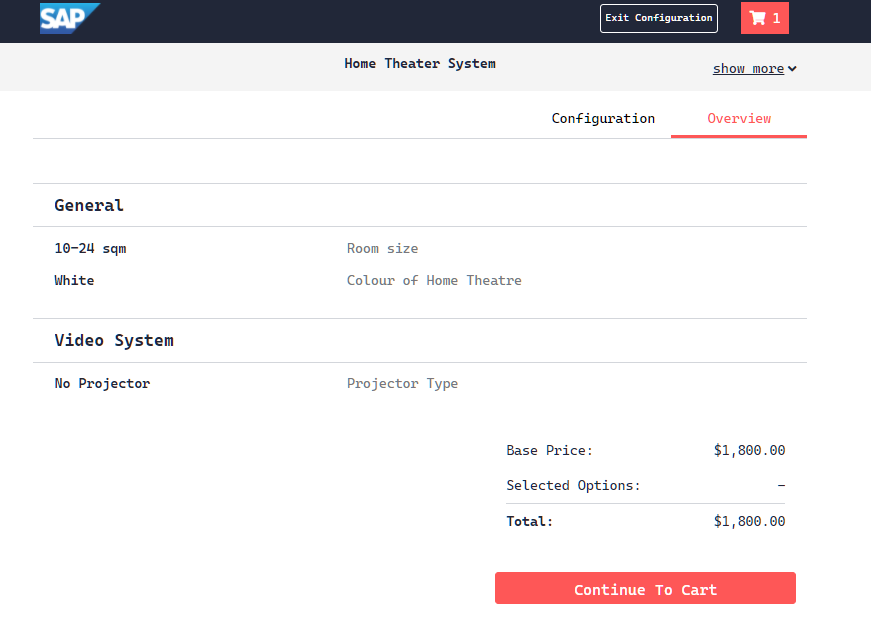让我进去
相信你一定能拿到想要的
Hint:你可能希望知道服务器端发生了什么。。
格式:CTF{}
解题链接: http://ctf5.shiyanbar.com/web/kzhan.php
解:
hash扩展攻击:
参看:http://www.freebuf.com/articles/web/69264.html
你在google浏览器下一个editthiscookie打开它修改source=1就会爆源码,或者使用bp把cookies里的source=0改为1刷新也可以爆源码如下<html>
<body><pre>
$flag = "XXXXXXXXXXXXXXXXXXXXXXX";
$secret = "XXXXXXXXXXXXXXX"; // This secret is 15 characters long for security!$username = $_POST["username"];
$password = $_POST["password"];if (!empty($_COOKIE["getmein"])) {if (urldecode($username) === "admin" && urldecode($password) != "admin") {if ($COOKIE["getmein"] === md5($secret . urldecode($username . $password))) {echo "Congratulations! You are a registered user.\n";die ("The flag is ". $flag);}else {die ("Your cookies don't match up! STOP HACKING THIS SITE.");}}else {die ("You are not an admin! LEAVE.");}
}setcookie("sample-hash", md5($secret . urldecode("admin" . "admin")), time() + (60 * 60 * 24 * 7));if (empty($_COOKIE["source"])) {setcookie("source", 0, time() + (60 * 60 * 24 * 7));
}
else {if ($_COOKIE["source"] != 0) {echo ""; // This source code is outputted here}
}</pre>
<h1>Admins Only!</h1>
<p>If you have the correct credentials, log in below. If not, please LEAVE.</p>
<form method="POST">Username: <input type="text" name="username"> <br>Password: <input type="password" name="password"> <br><button type="submit">Submit</button>
</form></body>
</html>setcookie("sample-hash", md5($secret . urldecode("admin" . "admin")), time() + (60 * 60 * 24 * 7));flag获取的要求是:1.传进一个cookie使其等于secret+urldecode($username . $password)MD5加密后的结果且后面部分要求为adminadmin
所以我们需要的就是构造cookie使其相等
2.得到对应的getmein:一个MD5的值需要
关于计算getmein:
#include <cmath>
#include <cstdio>
#include <vector>
#include <string>
#include <cstring>
#include <iostream>using namespace std;
typedef unsigned int uint;
typedef long long LL;
const int MAXN = 1e6 + 5;
const int mod = 1e9 + 7;struct MD5 {typedef void (MD5::*deal_fun)(uint&, uint, uint, uint, uint, uint, uint);//用于定义函数指针数组string init_str;//数据字符串uint init_arr[1000];//最终的数据数组{进行扩充处理后的数据}const static int MAXN = 1e2;static uint s_state[4];//最开始的默认静态渐变变量uint state[4];//这个也是默认渐变变量,但是会改变static uint rolarray[4][4];//位移数组static uint mN[4][16];//对M数组的处理uint curM;//当前处理的直接在整个数据中的位置uint lenZ;//数据的总长{进行扩充处理后的数据总长,这个数是64的倍数}uint offset;//需要从第几组开始处理uint Tarr[64];//当前保存的T数组数据uint Memory[64 + 5];//当前要处理的64个字节数据uint M[16];//将64个字节数据分为16个数MD5();MD5(string str, int noffset);//数据处理函数inline uint F(uint X, uint Y, uint Z);inline uint G(uint X, uint Y, uint Z);inline uint H(uint X, uint Y, uint Z);inline uint I(uint X, uint Y, uint Z);//循环左移函数uint ROL(uint s, uint ws);//过程处理函数inline void FF(uint &a, uint b, uint c, uint d, uint x, uint s, uint ac);inline void GG(uint &a, uint b, uint c, uint d, uint x, uint s, uint ac);inline void HH(uint &a, uint b, uint c, uint d, uint x, uint s, uint ac);inline void II(uint &a, uint b, uint c, uint d, uint x, uint s, uint ac);//生成T数组单个数据的函数inline uint T(uint i);//将总数据中的64个字节移到Memory数组中void data_Init();//建立M数组void create_M_arr();//移动a,b,c,d,规则在前面介绍了void l_data_change(uint *buf);//产生T数组void create_T_arr();//得到最终MD5值string get_MD5();//过程处理void processing();};uint MD5::rolarray[4][4] = {{ 7, 12, 17, 22 },{ 5, 9, 14, 20 },{ 4, 11, 16, 23 },{ 6, 10, 15, 21 }
};uint MD5::mN[4][16] = {{ 0, 1, 2, 3, 4, 5, 6, 7, 8, 9, 10, 11, 12, 13, 14, 15 },{ 1, 6, 11, 0, 5, 10, 15, 4, 9, 14, 3, 8, 13, 2, 7, 12 },{ 5, 8, 11, 14, 1, 4, 7, 10, 13, 0, 3, 6, 9, 12, 15, 2 },{ 0, 7, 14, 5, 12, 3, 10, 1, 8, 15, 6, 13, 4, 11, 2, 9 }
};/*
传统渐变变量
0x67452301,
0xefcdab89,
0x98badcfe,
0x10325476这四个东西是可以根据要求更改的,如果取上述几个数则和经常用的MD5算出的结果是一样的
对了,由于有些数据是静态的,改变之后不会进行需要重新进行复制*/uint MD5::s_state[4] = {0xb2801557,0x06f3656c,0x644f6d37,0xc7b53ce5
};//已经按小端规则反处理哈希值了MD5::MD5() {}MD5::MD5(string str, int noffset = 1) {offset = noffset;curM = (noffset - 1) * 64;//从0位置处开始处理init_str = str;//对数据字符串进行处理lenZ = init_str.length();memset(init_arr, 0, sizeof(init_arr));for(int i = 0; i < lenZ; i ++) {init_arr[i] = str[i];//最终的数据数组进行赋值}/*将数据扩充到取模64个字节等于56个字节第一个填充0x80,然后就是0x00了*/if(lenZ % 64 != 56) init_arr[lenZ ++] = 0x80;while(lenZ % 64 != 56) {init_arr[lenZ ++] = 0x00;}/*最后8个字节保存了没扩充钱位数的多少,记住是位数的个数不是字节的个数,同时是按照小端规则*/uint lengthbits = init_str.length() * 8;init_arr[lenZ ++] = lengthbits & 0xff;init_arr[lenZ ++] = lengthbits >> 8 & 0xff;init_arr[lenZ ++] = lengthbits >> 16 & 0xff;init_arr[lenZ ++] = lengthbits >> 24 & 0xff;//因为uint最多32位所以我们只要考虑四个字节就可以了,虽然实际上要考虑64位,嘿lenZ += 4;//这步我没读懂!!!for(int i = 0;i < 4;i ++){state[i] = s_state[i];//将最开始的默认静态渐变变量赋值给静态渐变变量}}inline uint MD5::F(uint X, uint Y, uint Z) {return (X & Y) | ((~X) & Z);
}
inline uint MD5::G(uint X, uint Y, uint Z) {return (X & Z) | (Y & (~Z));
}
inline uint MD5::H(uint X, uint Y, uint Z) {return X ^ Y ^ Z;
}
inline uint MD5::I(uint X, uint Y, uint Z) {return Y ^ (X | (~Z));
}
uint MD5::ROL(uint s, uint ws) {return (s << ws) | (s >> (32 - ws));
}inline void MD5::FF(uint &a, uint b, uint c, uint d, uint x, uint s, uint ac) {a = ROL(a + F(b, c, d) + x + ac, s) + b;//printf("ff\n");
}inline void MD5::GG(uint &a, uint b, uint c, uint d, uint x, uint s, uint ac) {a = ROL(a + G(b, c, d) + x + ac, s) + b;//printf("gg\n");
}inline void MD5::HH(uint &a, uint b, uint c, uint d, uint x, uint s, uint ac) {a = ROL(a + H(b, c, d) + x + ac, s) + b;//printf("hh\n");
}inline void MD5::II(uint &a, uint b, uint c, uint d, uint x, uint s, uint ac) {a = ROL(a + I(b, c, d) + x + ac, s) + b;//printf("ii\n");
}//这里前面讲了
inline uint MD5::T(uint i) {return (uint)((0xffffffff + 1LL) * abs(sin(i)));
}//取64个字节放在Memory数组中
void MD5::data_Init() {uint tmp = 0;for(int i = 0; i < 64; i ++) {Memory[i] = init_arr[curM + i];}curM += 64;//变化位置
}void MD5::create_T_arr() {for(int i = 1; i <= 64; i ++) {Tarr[i - 1] = T(i);}
}/*
这里使用了小端将数据存在M数组中,可以稍微思考一下
*/
void MD5::create_M_arr() {uint tmp = 0;int cnt = 0;for(int i = 0; i < 64; i += 4) {tmp = 0;for(int j = 3; j >= 0; j --) {tmp |= Memory[i + j];if(j == 0) break;tmp <<= 8;}M[cnt ++] = tmp;}
}//移动a,b,c,d,最后一个移到第一个
void MD5::l_data_change(uint *buf) {uint buftmp[4] = {buf[3], buf[0], buf[1], buf[2]};for(int i = 0; i < 4; i ++) {buf[i] = buftmp[i];}
}void MD5::processing() {uint statetmp[4];for(int i = 0; i < 4; i ++) {statetmp[i] = state[i];}/*这里的处理只是为了更方便的循环*/uint * a = &statetmp[0];uint * b = &statetmp[1];uint * c = &statetmp[2];uint * d = &statetmp[3];/*产生M数组和T数组*/create_M_arr();create_T_arr();/*建立函数指针数组循环处理*/deal_fun d_fun[4] = {&MD5::FF, &MD5::GG, &MD5::HH, &MD5::II};for(int i = 0; i < 4; i ++) {for(int j = 0; j < 16; j ++) {(this ->* d_fun[i])(*a, *b, *c, *d, M[mN[i][j]], rolarray[i][j % 4], Tarr[i * 16 + j]);l_data_change(statetmp);//交换a,b,c,d}}for(int i = 0; i < 4; i ++) {state[i] += statetmp[i];}
}string MD5::get_MD5() {string result;char tmp[15];for(int i = 0;i < (lenZ - (offset - 1) * 64) / 64;i ++){data_Init();processing();}/*最终显示也是用小端*/for(int i = 0; i < 4; i ++) {sprintf(tmp, "%02x", state[i] & 0xff);result += tmp;sprintf(tmp, "%02x", state[i] >> 8 & 0xff);result += tmp;sprintf(tmp, "%02x", state[i] >> 16 & 0xff);result += tmp;sprintf(tmp, "%02x", state[i] >> 24 & 0xff);result += tmp;}return result;
}int main() { MD5 md1("123456789123456adminadmin123456789123456789123456789123456789123Gunther",2); cout<<md1.init_str<<endl;
cout << md1.get_MD5() << endl<<endl;
MD5 md2("11111111111111adminadmin1111111111111111111111111111111111111111Gunther",2); cout<<md2.init_str<<endl;
cout << md2.get_MD5() << endl<<endl;
MD5 md3("11111111111111adminadmin1111111111111111111111111111111111111111admin",2); cout<<md3.init_str<<endl;
cout << md3.get_MD5() << endl<<endl;
MD5 md4("123456789123456adminadmin123456789123456789123456789123456789123admin",2); cout<<md4.init_str<<endl;
cout << md4.get_MD5() << endl<<endl;return 0;
}
当: MD5 md1("11111111111111adminadmin1111111111111111111111111111111111111111Gunther",2);
当:MD5 md1("123456789123456adminadmin123456789123456789123456789123456789123Gunther",2);
说明:这里的getmein值都是29775bbfd75f730204b54940a32ce5cd
所以之和扩展Gunther有关。
分析为什么是123456789123456adminadmin123456789123456789123456789123456789123Gunther
1. secret是15位:123456789123456(假设)
2. 根据上面的2要求+adminadmin
3. 在这题理解为构造一个前面为xxxxxxxxxxxxxxxadminadmin的大于64位的字符串,得到其hash值,最终完成解题
4 剩下部分看这个理解:if ($COOKIE["getmein"] === md5($secret . urldecode($username . $password)))
接下来结合burpsuit实践
参考:http://blog.csdn.net/qq_18661257/article/details/53767761
http://blog.csdn.net/wy_97/article/details/76269819



